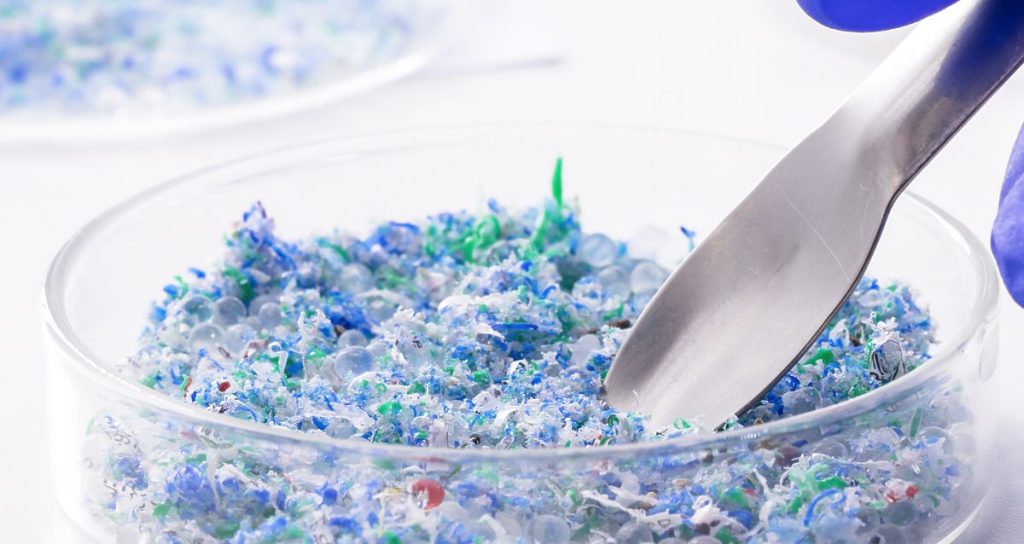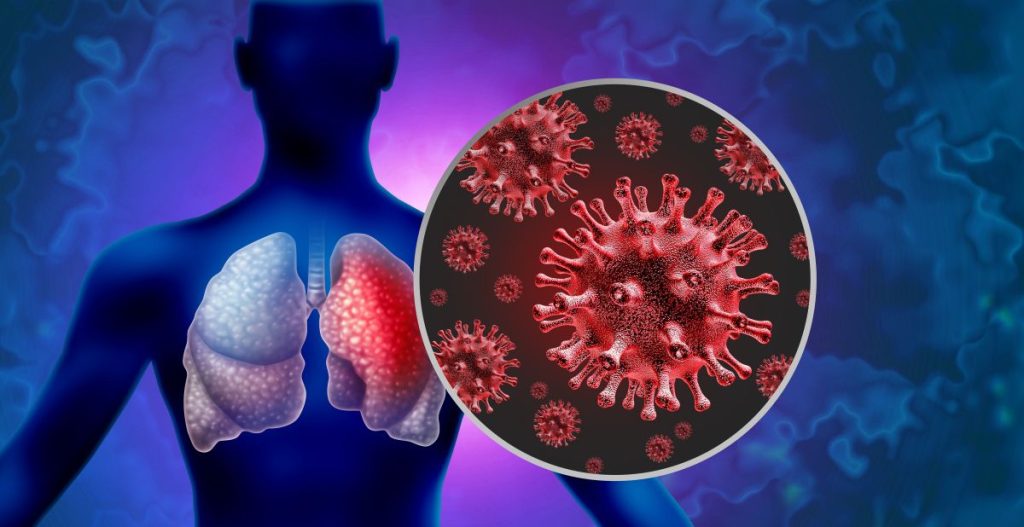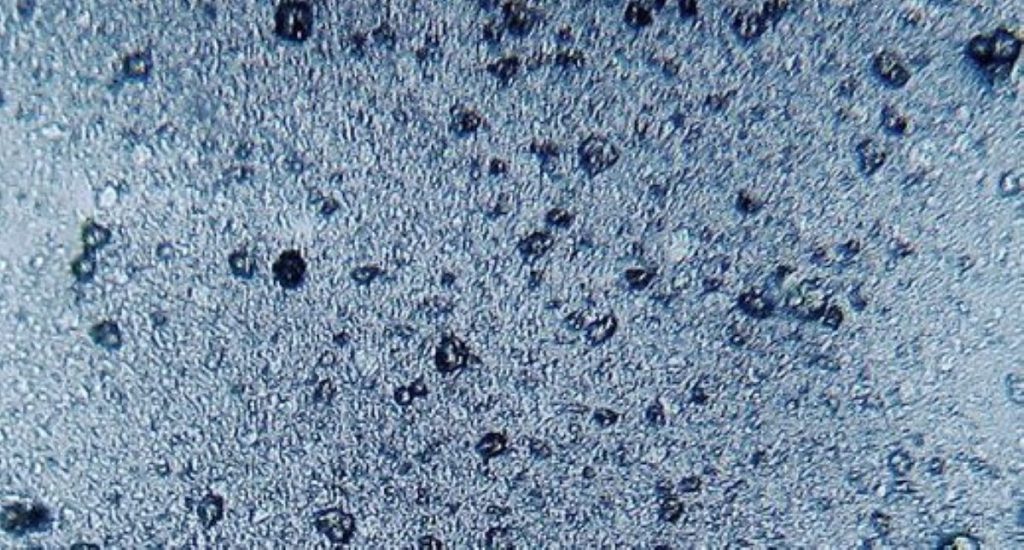Microplastics are so small, they’re invisible to the naked eye.
Others are reading now
Microplastics are so small, they’re invisible to the naked eye.
We Inhale Up to 68,000 Microplastic Particles a Day

A new French study has revealed a startling figure: we may be breathing in as many as 68,000 microplastic particles every day.
These tiny plastic bits are floating in the air inside our homes and cars and we can’t even see them.
Invisible Threats in Our Own Homes

Microplastics are so small, they’re invisible to the naked eye.
But they can come from everyday things like carpets, furniture, and clothes made with synthetic fibers.
Also read
As these items wear down over time, they release microscopic particles into the air.
Microplastics Get Deep Into Our Bodies

Once inhaled, these particles can travel deep into the lungs and even enter the bloodstream.
Scientists still don’t fully understand the long-term effects, but early signs point to serious health concerns.
Study Finds 100 Times More Plastic Than Expected

Using a technique called Raman spectroscopy, researchers found microplastic levels were up to 100 times higher than previous estimates.
Most of the particles were small enough to pass straight into the respiratory system.
Also read
Indoors May Be the Most Dangerous Place

We often think of outdoor air as polluted, but the study found indoor air may be worse.
Researcher Nadiia Yakovenko noted we spend 90% of our lives indoors, making constant exposure to microplastics a daily risk.
Your Car Could Be a Microplastic Hotspot

Car interiors are full of plastic materials, from seats to dashboards.
Combined with being enclosed spaces, this makes them perfect breeding grounds for microplastic buildup.
“Car cabins can be a serious source of pollution,” Yakovenko warned.
Also read
Paint, Curtains, and Upholstery Are to Blame

Many common household items slowly release microplastics over time.
Curtains, carpets, and even wall paint can shed particles as they age, adding to the invisible cloud of plastic we live in.
They Disrupt Hormones and May Trigger Disease

Microplastics aren’t just a physical threat. They also carry toxic chemicals like bisphenol A, which can mess with hormone levels.
Over time, exposure may increase the risk of heart disease and other serious illnesses.
Even ‘Safe’ Places Aren’t Safe

What shocked scientists most was how much plastic they found in places we assume are safe, like homes and cars.
Also read
The pollution isn’t just in big cities or factories; it’s right where we live and breathe.


